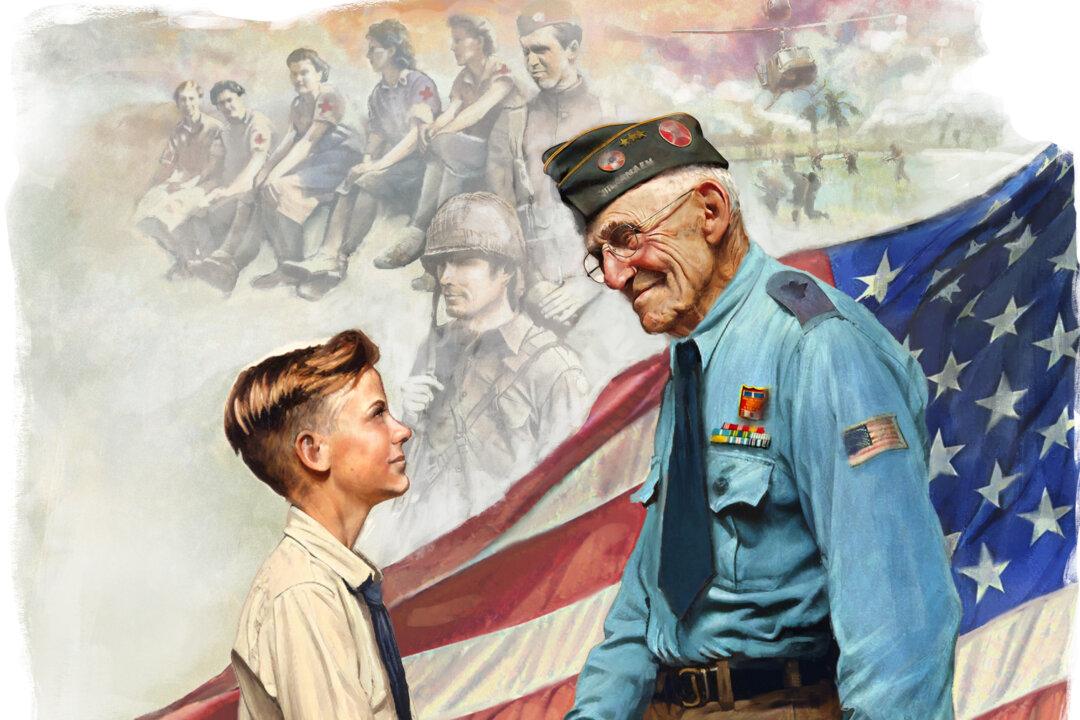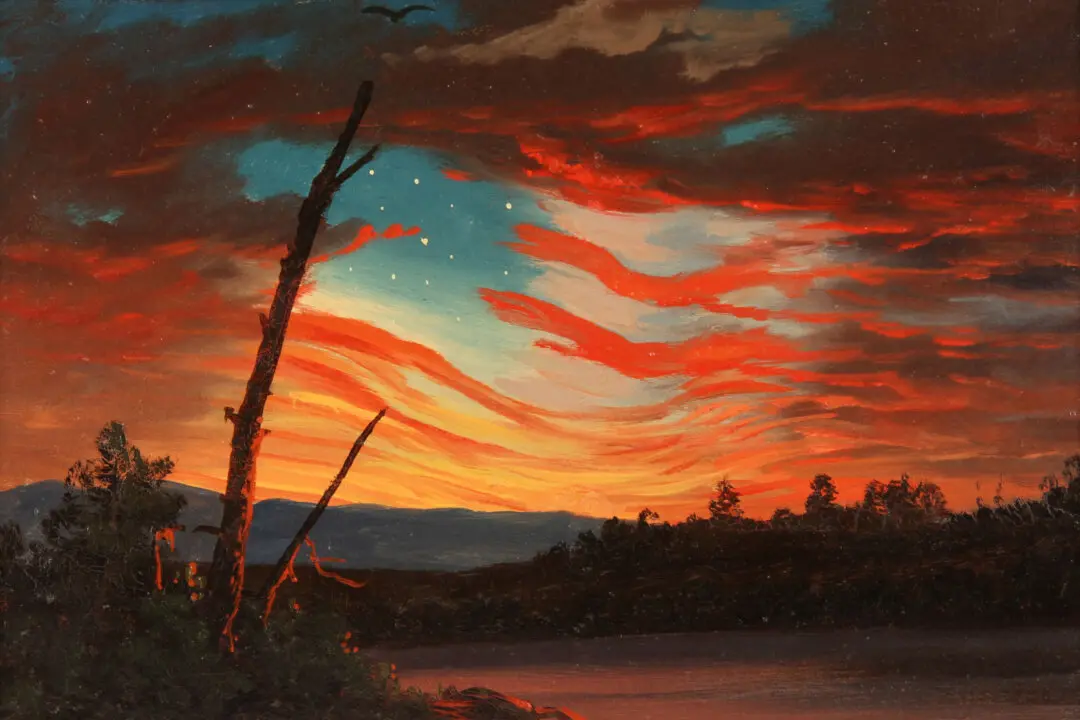Observed on the last Monday of May, Memorial Day honors all military men and women who gave their lives serving their country.
On the other hand, Veterans Day salutes all those—past and present, living and dead—who served in the Armed Forces of the United States. This federal holiday is held annually on Nov. 11, the date in 1918 that saw the end of the fighting of World War I. Originally called Armistice Day, after the armistice that the United States and its allies signed with Germany, the occasion was renamed Veterans Day in 1954.






